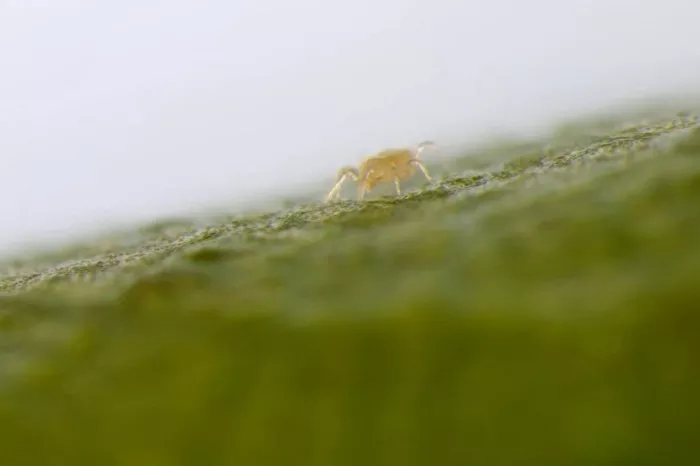Amblydromalus limonicus, a species of predatory mite, has gained recognition for its crucial role in biological pest control. This mite is a natural enemy of various pests, including thrips and whitefly, making it a valuable component of integrated pest management (IPM) strategies. Unlike chemical pesticides, Amblydromalus limonicus offers a sustainable and environmentally friendly alternative, particularly effective at lower temperatures. It is highly recommended for suppressing high densities of thrips and whitefly.
Feeding Behavior
Amblydromalus limonicus is a generalist predatory mite, feeding on a variety of small insects and mites, including whiteflies, thrips, spider mites, and tarsonemid mites. It can also consume pollen and leaf fluids, which allows it to establish itself in crops such as sweet peppers before pests arrive. The mite prefers the larvae of thrips (first and second instar stages) and the eggs and larvae of greenhouse whitefly (Trialeurodes vaporariorum) and tobacco whitefly (Bemisia tabaci).
The predatory mite pierces its prey and sucks out the contents. It is particularly effective against young whitefly eggs (less than 24 hours old and white in color), which are more suitable prey than older eggs (more than 24 hours old and brown in color). Under optimal conditions at 25°C, an adult female Amblydromalus limonicus can lay 3.7 eggs per day on young whitefly eggs, 1.2 eggs per day on older eggs, and 3.3-3.4 eggs per day on crawlers and nymphs. It can also consume approximately seven first-instar larvae of thrips and lay three eggs per day at 25°C.
Life Cycle
The life cycle of Amblydromalus limonicus includes five stages: egg, larva, protonymph, deutonymph, and adult. Eggs are oval, white, and approximately 0.14 mm in diameter, laid on the underside of leaves. The larvae, which have six legs and are slightly larger than the eggs, must feed to survive; without food, their development is slow, and mortality is high. Nymphs are larger than larvae, have eight legs, and are whitish-yellow in color.
Adult mites are translucent white, flat, and elongated, measuring about 0.4 mm in length. Males are smaller than females. These mites are highly mobile and actively search for food on the underside of leaves. Their color may vary depending on the prey they consume, sometimes appearing greenish when feeding on leaf fluids. Due to their small size and color, they are difficult to spot in crops.
Optimal Conditions
Amblydromalus limonicus performs best at temperatures between 13 and 25°C (55 and 77°F) and is ineffective above 30°C (86°F). It is also sensitive to relative humidity levels below 70%. However, its use is not recommended in tomatoes, as the glandular hairs on tomato stems and leaves hinder its ability to establish a population.


